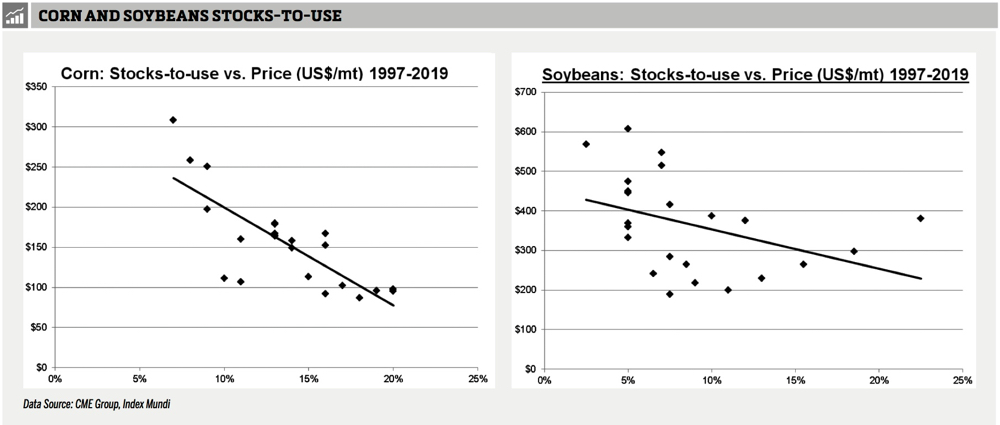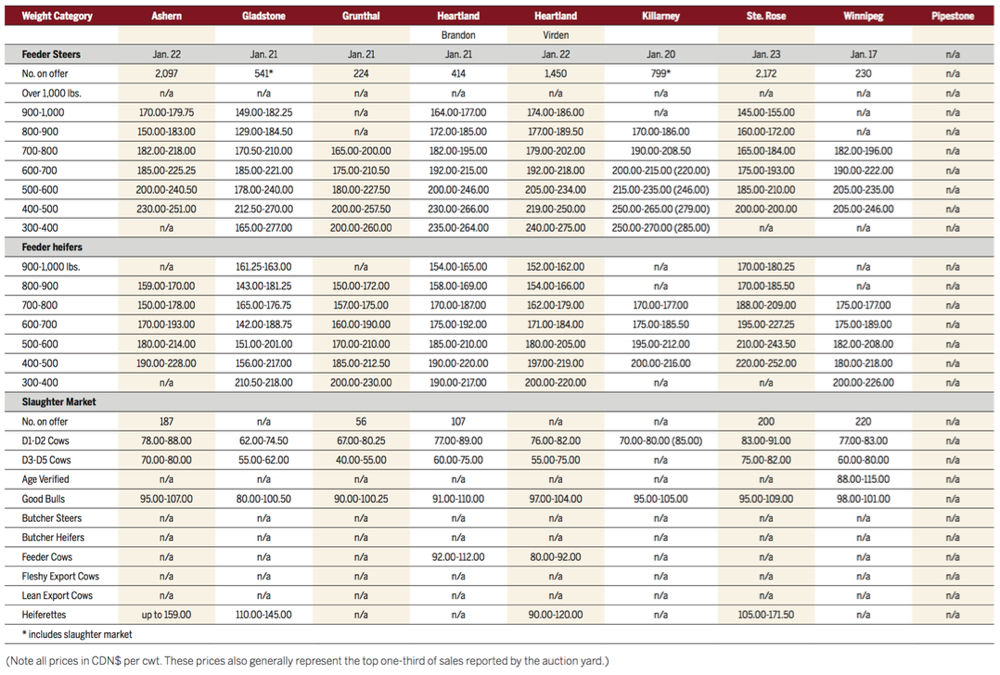The Chicago Board of Trade nearby wheat futures have moved $1.65 (all figures U.S. funds) per bushel lower since a reversal pattern appeared on the weekly nearby futures chart on June 10, 2016.
This formation is referred to as a harami on a candlestick chart. It occurred at the height of the spring rally, indicating the market was about to turn down. The harami is similar to an inside day used in bar chart analysis. However, this interpretation suggests a waning in momentum and a possible trend change.
Japanese candlestick charts allow the viewer at a casual glance to spot technical strength and/or weakness by highlighting the relationship between the open and the close for each line (candle). The candlestick method gives you deeper insight by utilizing numerous interpretations for intra-line activity. Hence, the user has a timely advantage in spotting key market turning points for all time frames.
Read Also

Canola market finds upside as U.S.-Canada trade talks restart
Biofuels inclusion in U.S. “Big Beautiful Bill” thought to be a silver lining for Canadian canola in the first week of July.
This harami also occurred right after the market failed to push through overhead resistance at $5.25 per bushel. Reversal patterns are all the more reliable when they materialize after a market has had an extended move up in both price and time, and have rallied into an area of resistance.
Resistance
Resistance is a term used to describe a price level where the selling of futures contracts is expected to noticeably increase and at least temporarily halt the current direction of the market. On charts, these areas will appear as well-defined areas of price within which the market at some previous time halted the advances. The greater the amount of time spent and the number of contracts bought and sold at this level, the greater will be the potential for resistance in the future. Referencing the accompanying chart, the area in and around the $5.25 price level halted the advance on seven occasions (weeks) from August to November 2015.
Another characteristic which helps to gauge the relative resistance of a price area is the vertical distance the market must rise prior to reaching the area in question. The greater the upward price move prior to reaching a resistance level, the greater will be the resistance.
Market psychology
Resistance areas evolve when the offering of contracts for sale increases. The concept of resistance and the market’s reaction when it moves into a resistance area are among the most interesting facets of chart study. Where a classic formation may not appear on a chart for several months, one can be reasonably sure that there is always a resistance area, even if minor, not very far from the market. This is important because it can help one formulate expectations of future price action.
The wheat futures chart I am referencing has an example of prices rallying into an area of resistance, only to turn around and proceed lower. Occurrences such as this are commonplace on futures charts, but are extremely important as they illustrate where future rallies are likely to fail.
Grain producers can benefit from accurately identifying areas of resistance. These areas are helpful in determining when to make an incremental sale, setting targets for grain pricing orders, and for locking in the futures portion of a basis contract.
Producers should be on guard for reversal patterns at areas of resistance, as this reinforces the odds of a market downturn. Successful marketers must be constantly searching the charts for as many clues as possible. The more evidence one can muster to support a technical conclusion, the more reliable that conclusion is apt to be.
Send your questions or comments about this article and chart to [email protected].



















